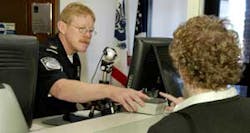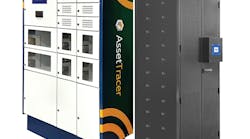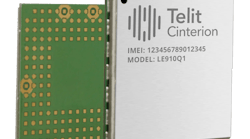ALEXANDRIA BAY, N.Y. (AP) - Security officials gathered Monday at a Canadian border crossing to mark the first test of a radio frequency identification system to be used by foreign visitors.
If successful, radio "tags" carried by travelers will be part of the standard registration process for those entering the United States.
The technology is like that used to speed passage at toll booths on many highways, said P.T. Wright, the operations director for the U.S. Department of Homeland Security's US-VISIT Program.
Testing began last week at the Thousand Islands Bridge crossing from Canada. It also is being done at the Peace Arch and Pacific Highway crossings in Blaine, Wash., and two crossings in Nogales, Ariz.
The new technology could help relieve congestion at border crossings, while also helping authorities weed out potential terrorists, drug dealers and other criminals, officials say.
This is the second phase of US-VISIT, the screening system launched in 2004 at busy airports, sea ports and land crossings. The system requires scanning fingerprints and photographs of the visitor's face into a computer when someone who wants to enter the U.S. applies for a visa.
All foreign travelers using visas will also obtain their radio tags from U.S. Customs officials when they first register to enter the United States. The tag is embedded into a document, which the traveler presents to enter or leave the United States.
The crossing points are equipped with antennas that read the tags for a secured and coded serial number linked to a database with the information provided by the traveler.
The antennas can read the tags up to 30 feet away and recognize many tags simultaneously, Wright said. Ideally, travelers will be able to flash them going by at highway speeds, he said.
The first phase of testing will have a simple focus - to make sure the antennas can read each chip, that the system correctly relays that information and successfully matches it with the government's databases.
In the second phase, which will begin next spring, border agents will use the system at their checkpoints to identify travelers.


